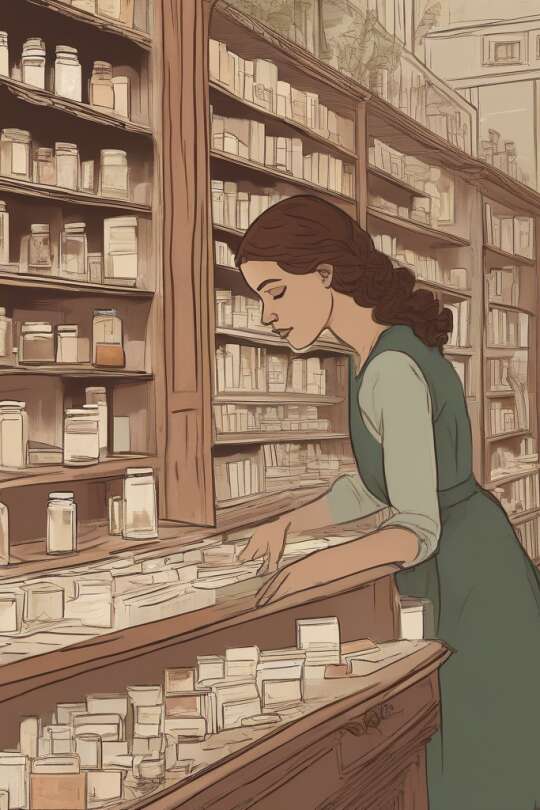
The Memory Shop
About the Story
After inheriting her aunt’s shop that stores private memories in tiny vials, a seventeen-year-old sparks a public reckoning when she returns suppressed recollections at a town commemoration. As records unravel and alliances fracture, she must rebuild the shop as a consensual archive while living with what she sacrificed.
Chapters
Related Stories
The Third Pool’s Whisper
When his grandmother disappears at the forbidden third tidepool, nineteen-year-old Kai dives into a hidden glass city beneath the cove. Guided by a sea-glass whistle, a retired micro-sub, and his own hands, he faces a living current that trades on memory to bring Elena home—and decides what he’ll shape next.
Whisperglass Tide
Nineteen-year-old Kaito, a glassblower’s apprentice in a storm-bitten harbor town, discovers his work can hold the sea’s voice. With friends, a retired ROV, and a jar of glowing plankton, he challenges a corporate barrier project, retrieves a lost bell, and tunes glass and wind to save both town and whales.
The Clockwork Star of Lowtide
Ari, a young apprentice clockmaker, must reclaim the stolen crystalline heart of her town's lighthouse. She pieces together maps, tools and alliances, confronts a consortium that would commodify the sea, and learns what it takes to keep a community's light burning.
Unwritten Lines
June Harlow finds a peculiar blank journal that makes written lines come true. As she uses it to mend fractures after her sister’s death, memories begin to fray for others. When the cost becomes clear, she confesses, faces the fallout, and tries to rebuild truth by human work rather than quick fixes.
Keepsong
A seventeen-year-old restorer uncovers a device that can extract and play memories. When she uses it to expose a factory cover-up linked to her missing mother, small-town loyalties fracture. The town wrestles with truth, loss, and the price of remembering as Mira and those around her rebuild what was taken.
Frequently Asked Questions about The Memory Shop
What is The Memory Shop about and who is the protagonist ?
A Young Adult novel about 17-year-old Maya who inherits her aunt’s shop holding private memory vials. She discovers erased town events and must choose between protecting privacy and exposing curated history.
How do the memory vials work in The Memory Shop and what risks do they pose ?
Vials contain condensed sensory memories that can be accessed by someone with the gift. They reveal intimate moments and civic events, but touching or amplifying them can alter identity, expose secrets, or be weaponized.
Why does Maya sacrifice her own memory during the public restoration ?
Maya offers a beloved memory as an anchor to amplify a mass restoration so suppressed recollections return to their owners. The act restores truth for many but leaves her with a personal, irreversible loss.
What role does Elias Crane and the museum play in the plot ?
Elias Crane, the museum director, frames erasure as "restoration." He coordinates deaccessioning of sensitive items, defends institutional control, and becomes the main antagonist whose actions catalyze Maya’s public intervention.
How does the story handle consent and ethical questions about memory ?
Consent is central: Rosa’s rules guide Maya, and after the crisis she builds explicit consent forms, witness procedures, escrow options, and a public chain-of-custody to prevent unilateral alteration of memories.
Is The Memory Shop suitable for young adult readers and what themes should parents expect ?
Yes. Geared to YA readers, it tackles identity, grief, power, and ethics. Expect mature themes about memory manipulation, community accountability, family betrayal, and emotional consequences rather than graphic content.

